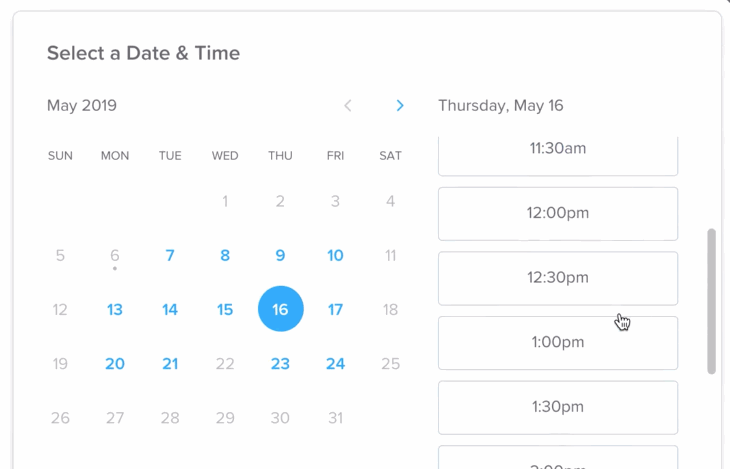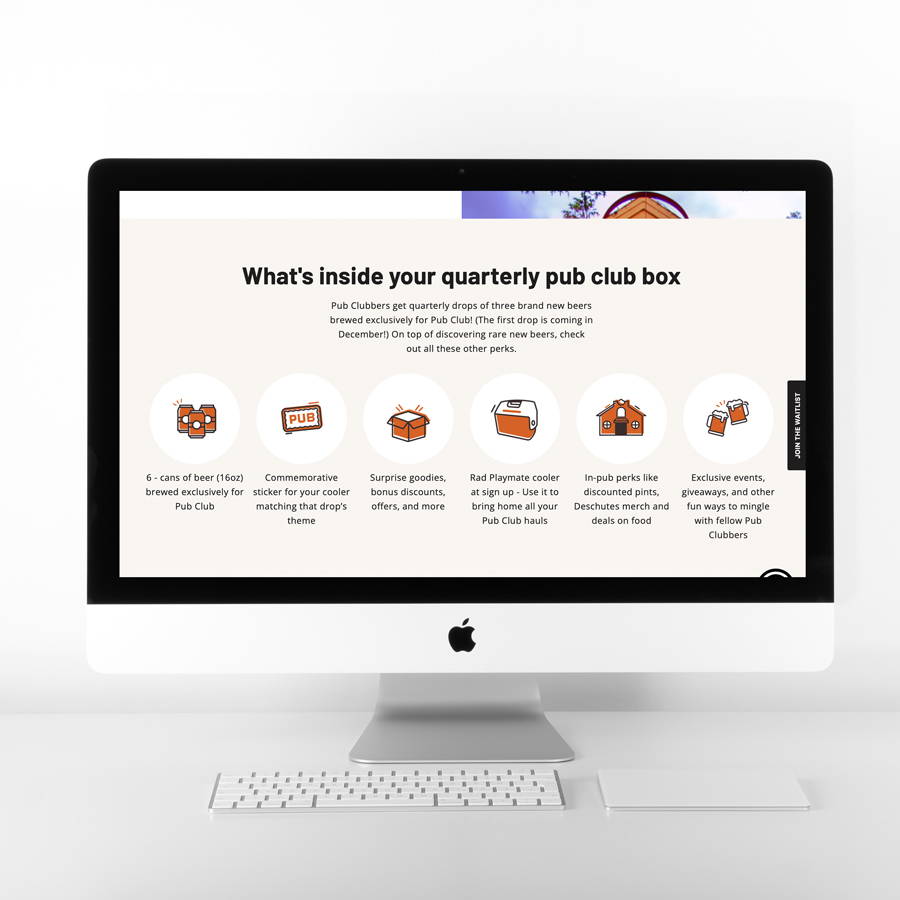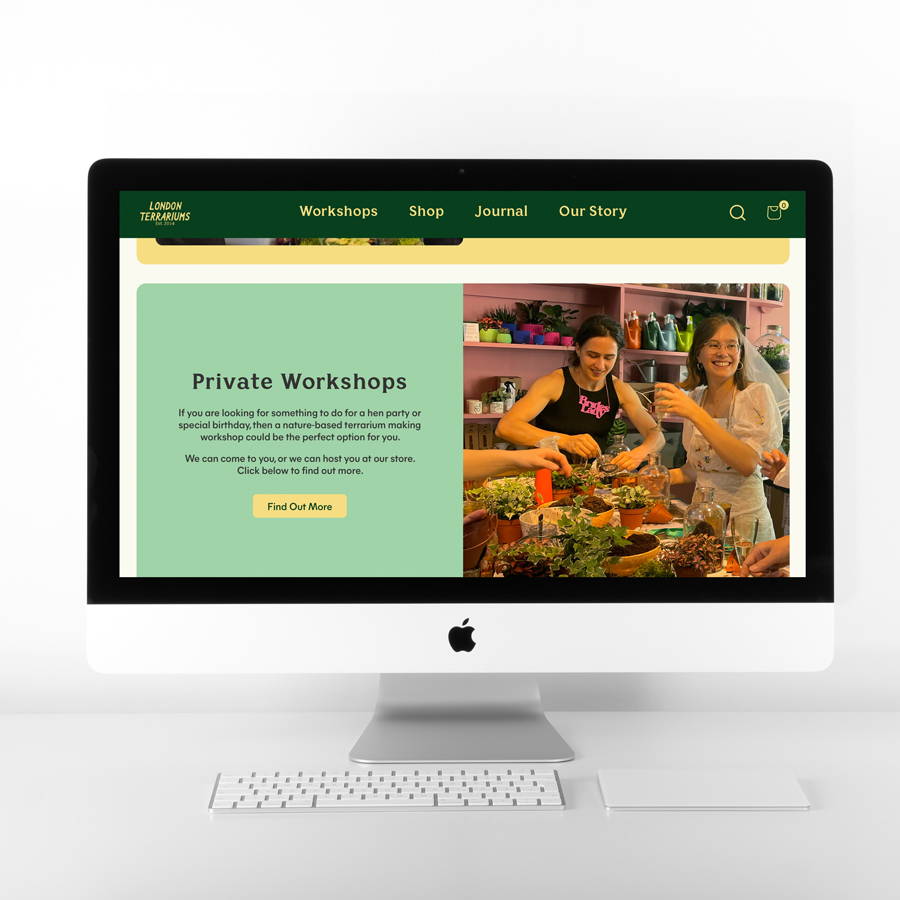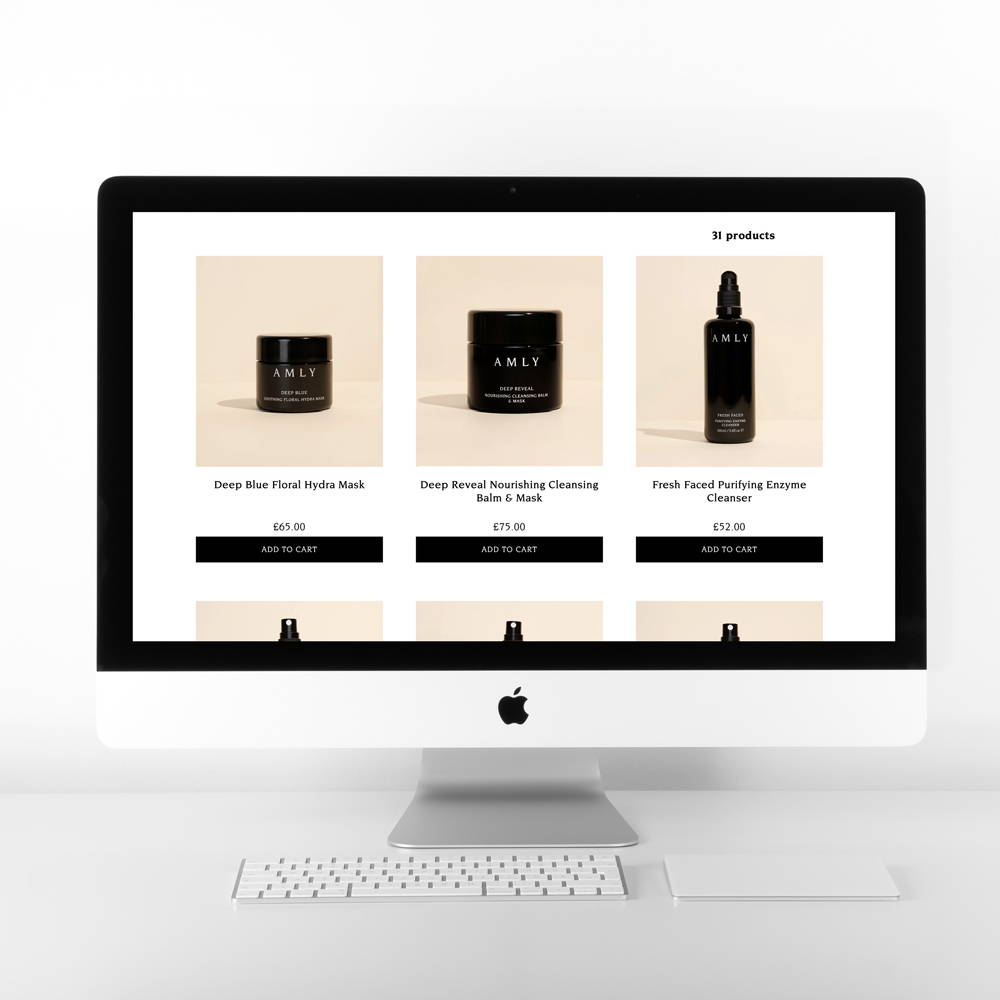Top 5 Common Mistakes to avoid When Setting Up Your Shopify Store

Setting up a Shopify store is an exciting venture, but many new store owners in the UK fall into common traps that can hinder their success. Avoiding these pitfalls is crucial for running a successful e-commerce business. Here’s a guide to the top 5 most common mistakes and how to avoid them, with key statistics, practical tips, and real client examples to help you get it right.
1. Neglecting Market Research
Market research is the foundation of a successful Shopify store. A report from Small Business UK reveals that 40% of small businesses fail due to inadequate market research. Understanding your target audience, market trends, and competition is essential for making informed decisions that will shape your store’s success.
How to Avoid This: Dedicate time to detailed market research before you launch. Use tools like Google Trends and Answer the Public to understand your audience, market trends, and competitors. A 2024 study from Statista showed that over 70% of successful e-commerce businesses rely on data-driven insights. Conduct competitor analysis, customer surveys, and stay on top of evolving market trends to ensure your store resonates with your audience.
Example: Our client, AMLY, conducted focus groups to better understand their target audience. They discovered that their products resonated more with women aged 40-50, rather than the initially targeted 20-30 demographic. Using these insights, we redesigned their website to align with this audience’s preferences, refining the design and content. This improvement led to increased engagement, highlighting the value of market research in creating a website that effectively connects with the intended audience.

2. Choosing the Wrong Shopify Plan
Shopify offers a range of plans, each with different features and price points. Many new UK store owners select a plan without fully considering their business needs, leading to overspending or underutilising features.
Selecting the right Shopify plan is critical for balancing cost with the features your business needs. Plans range from Basic to Advanced and Shopify Plus. For a small start-up, the Basic plan may be sufficient, while larger businesses with more complex requirements may need the Advanced or Plus plans.
How to Avoid This: Review Shopify’s UK pricing plans carefully. Consider factors like the number of products, anticipated traffic, and the features you need to grow. Pick a plan that offers room for scalability as your store expands, ensuring you avoid outgrowing the plan or overspending on features you don’t need.
3. Ignoring Mobile Optimisation
With 55% of web traffic in the UK now coming from mobile devices (Statista, 2024), ensuring your Shopify store is optimised for mobile is vital. Many shop owners focus solely on the desktop experience, which risks losing a large portion of their potential customers.
How to Avoid This: Regularly test your site’s mobile performance using GTmetrix and browser developer tools like Google Inspect to check how your site appears across various mobile device sizes and viewports. Ensuring your Shopify store provides a seamless experience on all devices is crucial, as mobile commerce is projected to make up 74% of total UK e-commerce sales by 2025 (eMarketer). Prioritising mobile optimisation is essential to capture this significant portion of web traffic.

4. Overlooking SEO Best Practices
Effective SEO is crucial for driving organic traffic to your Shopify store. A 2024 report by BrightEdge showed that 52% of website traffic originates from organic search, highlighting the importance of solid SEO strategies. Without proper optimisation, your Shopify store may not be visible to potential customers.
Many Shopify store owners overlook key SEO elements like keyword optimisation, meta tags, and high-quality content, resulting in poor search engine rankings and reduced organic traffic.
How to Avoid This: Focus on developing a comprehensive SEO strategy, including optimising product titles, descriptions, and images. Regularly update your content and use tools like Google Search Console, Google Analytics, and SEMrush to track performance and refine your strategy. SEMrush, in particular, can help you identify high-performing keywords, monitor your competitors, and uncover SEO opportunities that you might have missed. According to a recent Search Engine Journal report, 75% of UK users don’t go beyond the first page of search results, making it crucial to rank higher to capture this traffic.
Example: We helped our client, April Hamilton, enhance their site’s SEO health by resolving technical issues, optimising meta information, and refining heading tags. These improvements significantly boosted the site's performance, making it more favourable to Google and increasing its visibility and organic traffic. This underscores the critical importance of a strong SEO strategy for achieving better search rankings and growth.
5. Poorly Designed User Experience (UX)
A well-designed user experience can dramatically impact your store's success. Research by Forrester in 2024 found that a well-designed interface can increase conversions by up to 210%. However, many Shopify stores neglect user-friendly design, leading to a frustrating shopping experience and lost sales.
How to Avoid This: Prioritise UX by simplifying navigation and streamlining the checkout process. Regularly conduct usability testing to identify any pain points in the customer journey. A HubSpot study from 2024 found that 87% of UK shoppers won’t return to a site after a bad user experience, making UX an essential aspect of your Shopify store's success.
Example: For our client, London Terrariums, we executed a complete website redesign on Shopify, focusing on a visually engaging and fully responsive design. We streamlined navigation and prominently featured customer reviews, significantly improving user experience and driving sales.
And for Deschutes Brewery, we simplified their subscription services by developing two distinct landing pages for Pub Club and the Cellar Door Society. By working closely with them, we created a dynamic and interactive experience that better engaged their audience and streamlined their subscription offerings.

Need Expert Assistance?
Avoiding these common mistakes can significantly improve the performance of your Shopify store. However, navigating the complexities of e-commerce can still be challenging. That’s where we come in.
At 8th Dial, we specialise in helping UK businesses optimise and grow their Shopify stores. From market research and SEO to UX design and mobile optimisation, our team has the expertise to turn your Shopify store into a thriving business.
Contact us today to find out how we can help you avoid these pitfalls and achieve e-commerce success.
For more information or to schedule a consultation, visit 8th Dial.
Want to see our success stories? Check out our case studies to see how we’ve helped other UK businesses achieve their e-commerce goals.
We are a creative agency delivering exceptional web design and digital marketing.
Explore some of our amazing clients

Explore some of our amazing clients

If you’d like to know more, get in touch via our email info@8thdial.com or Calendly.










